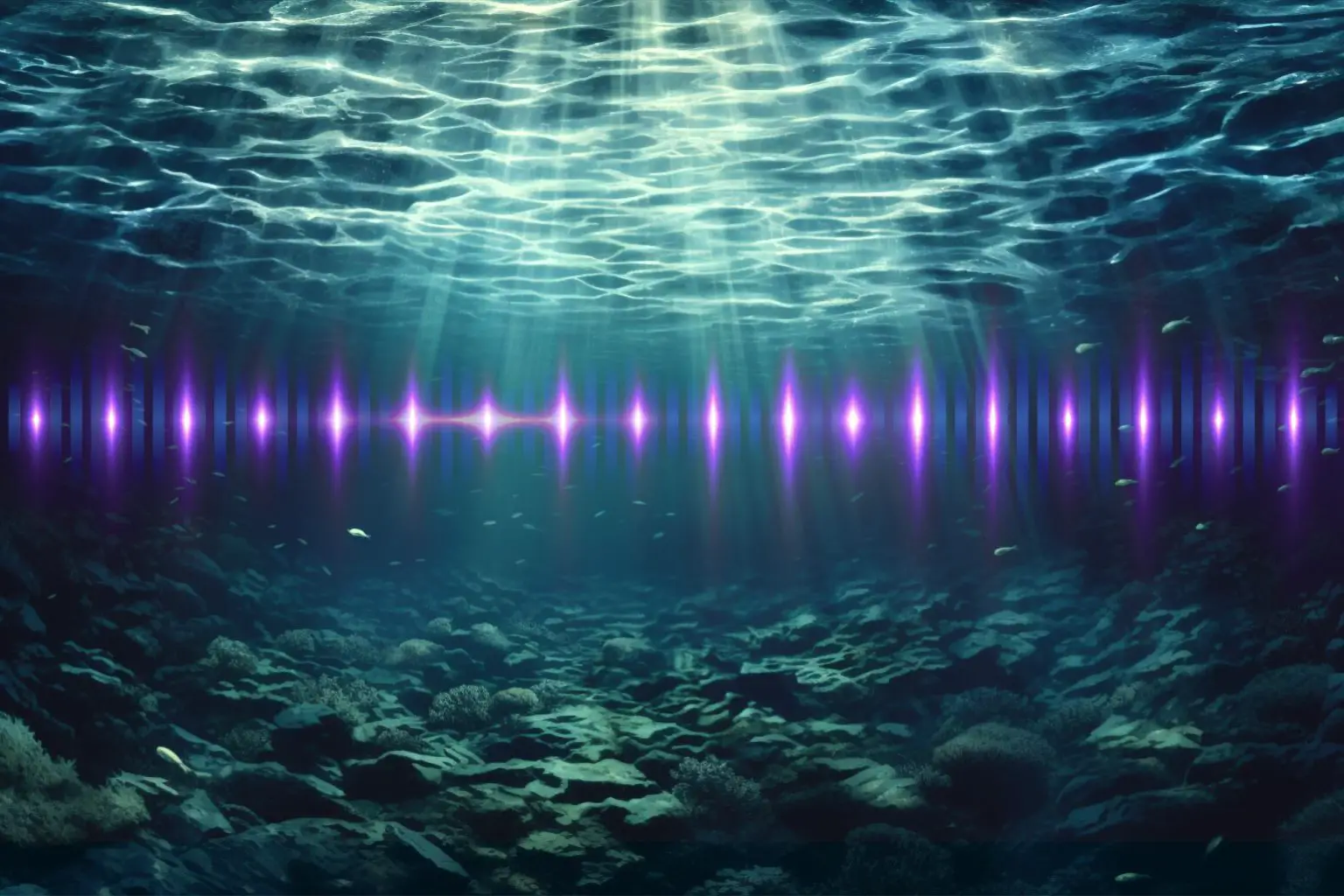MIT introduces pathfinder technology in underwater communication.
Acoustic communication that uses coherent sound waves is not a new thing. Submarines have used that technology for years. The idea is that, if the system communicates with coherent acoustic beams, outside observers cannot hear that sound. Also, coherent, mono-frequent systems can communicate through longer distances, if researchers can find the frequency where there are no other disturbing sound effects. Those silent frequencies exist in acoustics as well they exist in electromagnetism.
There are many versions of acoustic communication systems. Some of them use chemical batteries, and some others use systems that deliver electricity when they react with sodium that is in seawater. In some versions, the system uses a vertical tube. When water travels through that tube it rotates dynamo. The MIT system uses piezo-electric crystals that deliver energy when pressure impulses hit them.
"MIT’s breakthrough underwater communication system uses minimal power to transmit signals over kilometer-scale distances. Leveraging underwater backscatter and innovative design principles, the technology has potential applications in aquaculture, climate modeling, and hurricane prediction". (ScitechDaily.com/Submerged Signals: MIT Unveils Pioneering Development in Underwater Communication Technology)
That ability makes it possible to make a system where the receiver transforms acoustic signals into electricity very effectively. Also, regular receivers transform acoustic signals into electricity. But those piezo-electric crystals can send electricity to miniaturized microchips.
The MIT researchers created a system that uses very low power. The idea is to benefit piezo-electric crystals for power sources in low-power-long-distance communication. The low-power acoustic communication can used in underwater sensors. The piezo-electric crystals can be used in the receiver and transmitter's power source. When an acoustic signal hits those piezo-electric crystals they deliver electric impulses.
The low-power communication system can be a solid tube, or it can look like a tube, made of chicken coop. The leader transmitter can be in the middle of the bottom of that system. And the side transmitters that send soundwaves to that standing wave can be at the sides of the structure. The piezo-crystals can also give electricity to miniature sensor systems that are integrated with loudspeakers. That system can look like carbage, and it can collect information from hostile naval bases.
https://scitechdaily.com/submerged-signals-mit-unveils-pioneering-development-in-underwater-communication-technology/




No comments:
Post a Comment
Note: Only a member of this blog may post a comment.